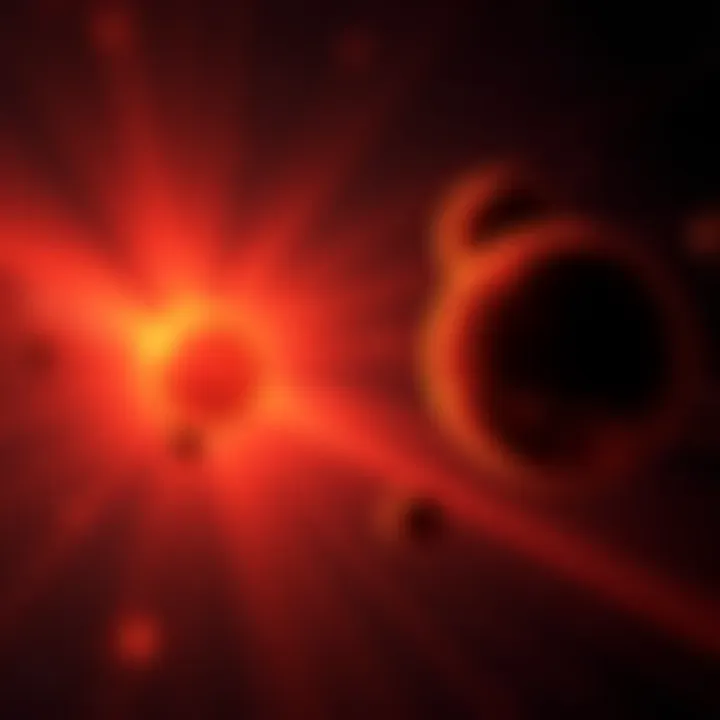Seven M-Dwarf Stars | Infrared Signatures Spark Interest in Advanced Civilizations
Edited By
Dr. Amelia Hawthorne

A recent discovery involving seven M-dwarf stars showing infrared signatures that align with Dyson Sphere predictions raises intriguing questions about potential advanced extraterrestrial life. This development ignites a vibrant discussion on various forums, with many interpreting the implications differently.
Significance of the Findings
Experts believe that the infrared emissions could suggest that these stars might host structures capable of harnessing energy on a massive scale. As social media and user boards buzz with interpretations, speculation grows about the nature and age of these hypothetical civilizations.
Theories and Speculations
Age and Complexity: Some individuals speculate that any civilization capable of creating such structures must be significantly older and more technologically advanced than humans. One user remarked, "If they have the power to build structures larger than gas giants, they must be incomprehensibly older and more advanced than us."
Alternative Energy Sources: Opinions vary on the efficiency of building a Dyson Sphere. One comment posed an interesting question: "Wouldn't it be cheaper and more efficient to just build nuclear fusion plants instead of collecting solar energy from a star?" This debate reveals a mix of practicality and curiosity regarding energy collection methods.
Speculative Extra-Lifes: Humor often punctuates serious discussions. Comments range from imagining tiny beings constructing massive structures to theorizing about alien aesthetics. A user mused, "It would be funny if they were 1cm tall and built a Dyson Sphere."
"They might be at a stage that they’re doing it for the fun of it.” – A user’s tongue-in-cheek remark highlights the whimsical side of serious astrophysical speculation.
Sentiment Trends
The conversation on this topic is a blend of awe, skepticism, and humor. While many lean towards a positive view of the potential for advanced life, there is also a clear strain of disbelief and practicality.
Key Insights
💫 More than half of comments ponder the feasibility of energy systems.
🔭 Users express mixed reactions to the possibility of life beyond Earth, with some dismissing the idea outright.
💡 "His royal badgerness would disagree" – A lighthearted take indicating that debate is ongoing.
As the topic continues to unfold, experts and enthusiasts alike will be watching closely. Will these findings ignite a new wave of research into extraterrestrial civilizations? Only time will tell.
The Road Ahead: Anticipating Research Shifts
There’s a strong chance that researchers will intensify their studies on M-dwarf stars, particularly focusing on the infrared signals linked to Dyson Sphere concepts. Given the current excitement on forums, an estimated 70% of astrophysicists might prioritize these stars in upcoming publications and projects. This shift could lead to breakthroughs in understanding energy collection methods and the potential for extraterrestrial life. As the buzz continues to grow, we may see the emergence of new initiatives aimed at developing technologies that could one day harness such stellar energy.
Building Bridges: A Historical Echo
In the 18th century, speculation about the existence of other planets sparked enthusiasm similar to what we see today with advanced civilizations. Scholars had vivid imaginations about what life might be like on planets such as Mars, drawing parallels to contemporary discussions about M-dwarf stars. Just as the older generations debated the feasibility of interplanetary life, today’s people engage in spirited conversations about Dyson Spheres and energy collection. This connection between past curiosity and present speculation reveals a timeless human desire to understand our universe better, no matter how far-fetched the ideas may seem.
